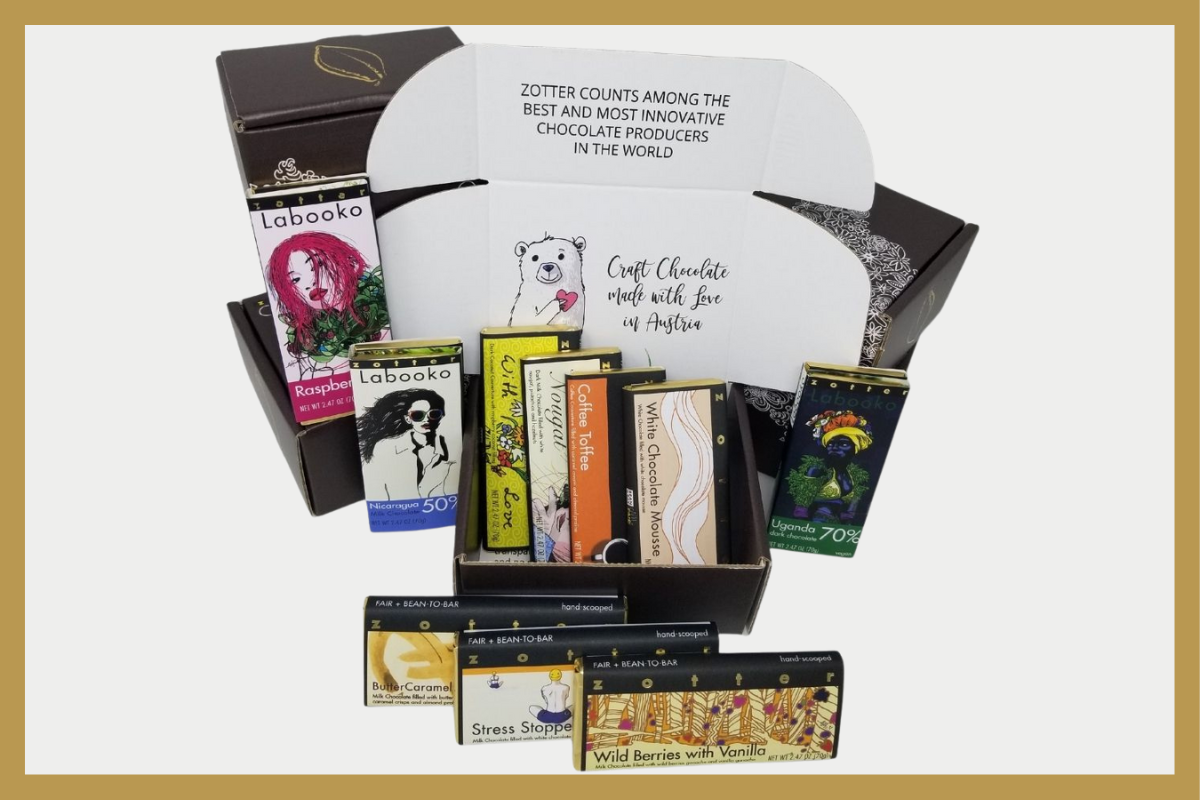Many people are realizing that fair trade chocolate is superior to traditional chocolate. Fair trade chocolate supports fair working conditions and wages for the farmers who grew the ingredients – plus, it tastes better than regular chocolate!
You might think that buying fair trade chocolate is as simple as looking for “fair trade” on the label, but unfortunately, this isn’t the case. Keep reading to find out why all fair trade chocolate is not the same.
Mass Balance vs. 100% Fair Trade Chocolate
Mass balance makes it difficult for consumers to know whether or not they’re buying 100% fair trade chocolate. Mass balance allows chocolate producers to mix the fair trade ingredients with ingredients from other sources, then label a proportionate amount of the final product as fair trade.
For example, let’s say a chocolate company buys enough fair trade cocoa to make 10 chocolate bars and enough conventional cocoa to make 90 chocolate bars. They mix the cocoa and use it to produce 100 chocolate bars. They’re allowed to mark 10 of those chocolate bars as fair trade since that’s proportionate to the amount of fair trade cocoa they used to make the batch. In reality though, none of those chocolate bars are truly fair trade because they each contain 90% conventional cocoa and only 10% fair trade cocoa.
By contrast, 100% fair trade chocolate is made with 100% fair trade ingredients, then all of the chocolate is labeled as fair trade. This promotes transparency to customers and enforces physical traceability of the ingredients.
Zotter Chocolate Only Produces 100% Fair Trade Chocolate
We don’t approve of mass balance. At Zotter Chocolate, we’re committed to making 100% fair trade chocolate with physical traceability. Shop our large selection of chocolate bars today to enjoy some decadent fair trade chocolate!


